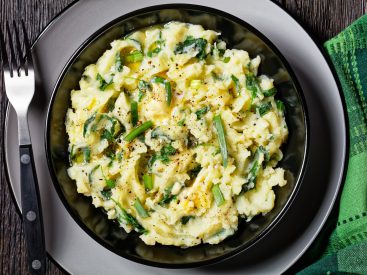Photo: Unsplash/Aleisha Kalina Ceviche is a ubiquitous seafood dish throughout Latin America that originated in pre-colonial Peru. A lot of us grew up eating it at least occasionally, especially those of us who have family members from a coastal town in our countries of origin. Even if you never […]
Delicious!
Delicious!



